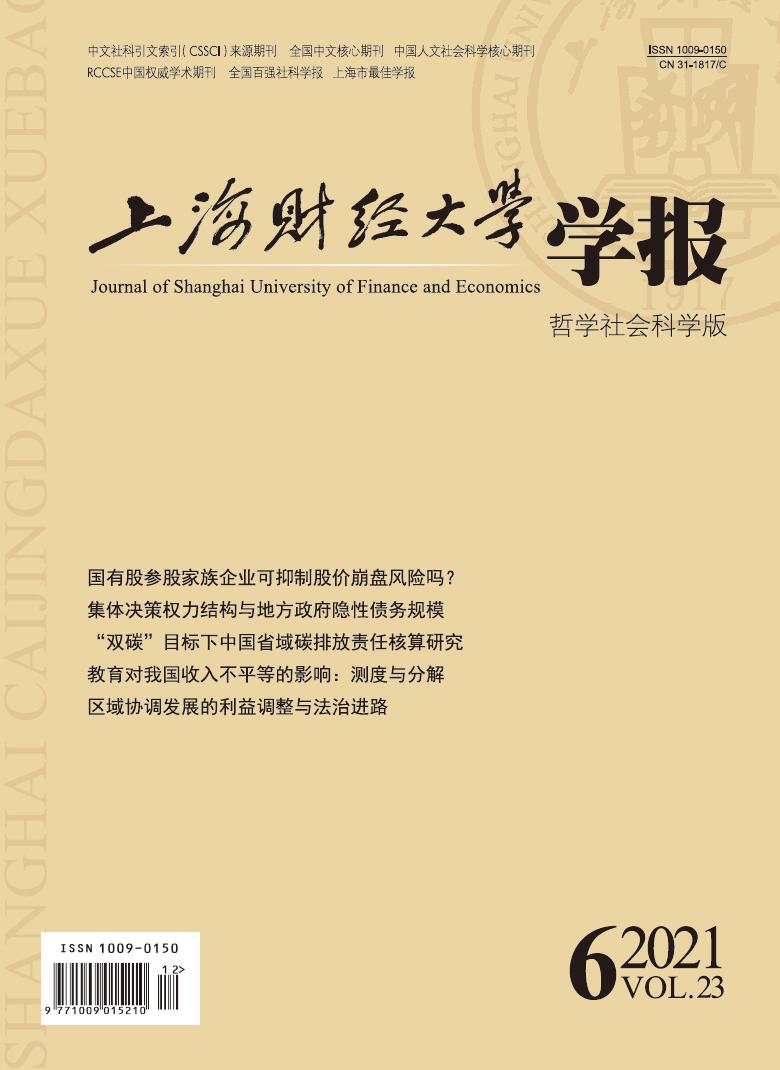How to use fiscal expenditure rules to deal with exogenous shocks, most of the existing studies start from the perspective of stabilizing economic fluctuations, pay insufficient attention to residents’ welfare, and mostly investigate the single fiscal expenditure rule of total amount, ignoring the cooperation between different types of fiscal expenditure. Based on the new Keynesian model (NK-DSGE), assuming that the economic operation is subject to three kinds of exogenous shocks of different nature, this paper analyzes and evaluates the optimal fiscal expenditure rules and their combination from the perspectives of stabilizing consumption fluctuations and ensuring residents’ welfare.Specifically, this study divides public expenditure into government consumption expenditure, government investment expenditure and transfer payment expenditure, and evaluates the welfare guarantee effect of the above expenditure under the smoothing rule, the output-oriented reverse adjustment rule, the debt-oriented reverse adjustment rule and the simultaneous output-oriented and debt-oriented reverse adjustment rule respectively.The specific conclusion is that: From the perspective of restraining consumption fluctuation, when production or investment is positively impacted, the smooth rule is the best choice; when labor preference is negatively impacted, the debt-oriented rule is the best choice. From the perspective of maximizing residents’ welfare, and based on the comprehensive evaluation of long-term welfare effect and short-term welfare effect, under the positive impact of technology on production, the optimal rule is that the smoothing rule is adopted for all three types of expenditure; under the negative impact of labor preference, the optimal rule is that consumption expenditure adopts output-oriented reverse adjustment, and investment expenditure and transfer payment expenditure adopt both output-oriented and debt-oriented reverse adjustment; under the positive impact of investment efficiency, the optimal rule is that consumption expenditure adopts output-oriented reverse adjustment, investment expenditure adopts both output-oriented and debt-oriented reverse adjustment, and transfer payment adopts debt-oriented reverse adjustment.Finally, this paper verifies that when consumption expenditure is biased towards the field of people’s livelihood and increases the substitution elasticity of public consumption and private consumption, the welfare level of residents can be significantly improved. In the post epidemic era, the uncertainty of world economic development has greatly increased. This study shows that, compared with the single fiscal expenditure rule of total amount, different types of fiscal expenditure are given different response rules according to the specific nature of exogenous shocks, so as to increase the flexibility and accuracy of policies, better deal with the uncertainty in the future, and ensure residents’ welfare to the greatest extent.
 / Journals / Journal of Shanghai University of Finance and Economics
/ Journals / Journal of Shanghai University of Finance and EconomicsJournal of Shanghai University of Finance and Economics
LiuYuanchun, Editor-in-Chief
ZhengChunrong, Vice Executive Editor-in-Chief
GuoChanglin YanJinqiang WangWenbin WuWenfang, Vice Editor-in-Chief
Economic Exogenous Shocks, Residents’ Welfare and Optimal Fiscal Expenditure Rules
Journal of Shanghai University of Finance and Economics Vol. 23, Issue 06, pp. 52 - 66,137 (2021) DOI:10.16538/j.cnki.jsufe.2021.06.004
Summary
References
Summary
Cite this article
Zhao Weimin, Guan Zhihua. Economic Exogenous Shocks, Residents’ Welfare and Optimal Fiscal Expenditure Rules[J]. Journal of Shanghai University of Finance and Economics, 2021, 23(6): 52-66.
Export Citations as:
For




 4563
4563  5276
5276

